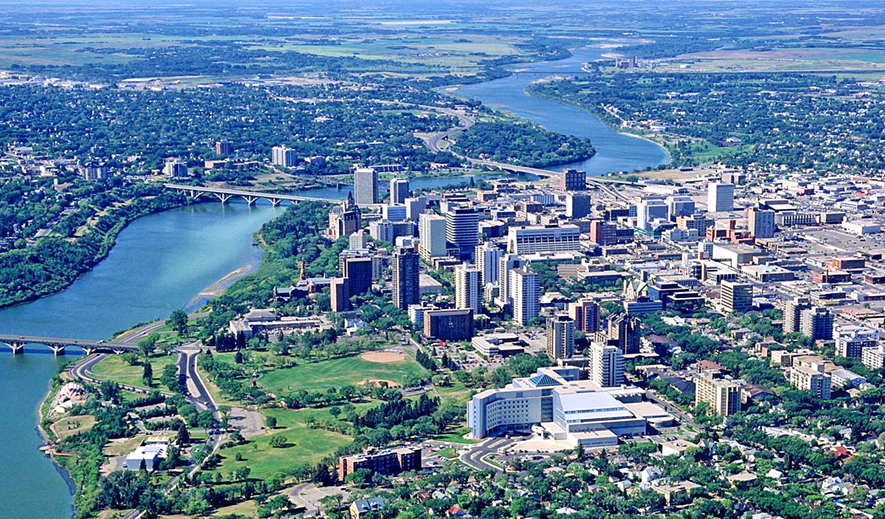Nobody is breaking out the champagne just yet but industrial players in Saskatoon and Regina are cautiously optimistic that good times are just around the corner.
According to a new report from Colliers International, the vacancy rate in Saskatoon’s industrial sector dropped to 7.02 per cent as of March 31, down more than 1 per cent from the end of 2018. That’s the lowest level it’s been in Saskatchewan’s biggest city since late 2017.
Richard Jankowski, managing director of Colliers’ Saskatchewan operations, said the freeze on speculative construction over the past couple of years helped put the Saskatoon sector back in a healthy position.
“If you go into any subdivision, it seems like things are chugging along. Land prices have dropped a little and it’s a pretty balanced market. The big question is: when will there be a real sense of recovery on the economy?” he said.
“Who knows when it’s all going to come back? Overall, we’re seeing some good results but it appears it’s going to be a slow and steady recovery.”
Saskatoon’s economy relies primarily on the mining sector while Regina runs on potash, mining and oil and gas.
Regina’s industrial vacancy rate, meanwhile, had ticked down to 4.5 per cent at the end of the first quarter.
In the past six months, just two new industrial properties have been completed in Regina, a new home for Weber Supply on Park Street and a new building for Munro Homes on Hoffer Drive. There are a couple of more projects on the go but overall development is being hindered because users are cautious about expanding in the current economic environment.
“While Saskatoon is coming out of the ditch, Regina is driving on the edge of the road,” Jankowski said.
Office market
The office market in Saskatoon is preparing for the ribbon cutting of nearly 500,000 square feet of space, the vast majority of which will be at River Landing. Jankowski said such a flood of triple-A space is “transformative” for the city of 330,000.
“It’s the first time there has been a project close to this size in about 30 years,” he said.
River Landing is a three-phase, $300 million, mixed-use complex, which includes a hotel, condominiums and two office buildings.
The new office space will represent 8.5 per cent of the city’s entire office market.
A flight to quality is already underway as a number of tenants have announced their intentions to move into the 13-storey East Tower when it opens its doors later this year. The 18-storey Nutrien Tower, which will be the tallest building in Saskatoon, is scheduled to open in 2022. Both have firm commitments for 60 per cent of their space.
According to a recent report from ICR Commercial Real Estate, Saskatoon’s downtown competitive office market already has more than 400,000 square feet of available space, or 16.7 per cent vacancy, but that’s going to spike to more than 20 per cent once the unleased space at the Nutrien Tower is factored in. (The numbers already take into consideration the vacant space in the East Tower.)
Barry Stuart, Saskatoon-based managing partner of ICR, believes the solution to the high vacancy rate is to transform much of the empty Class C space into hotels, residential rentals or residential condominiums.
“Class C buildings are best suited because they typically have the lowest cost base, possess the most inherent functional obsolescence and will therefore be affected the most by this transition,” he said.
“The City of Saskatoon is keen to see an increase in residential density within the core area and offer incentives to encourage repurposing of existing vacant property. Herein lies the logical solution.”
Regina has the benefit of being a government city with a built-in office market to house civil servants, so it has a stronger Class A market than Saskatoon. On the flip side, however, a combination of space consolidation, advancements in technology, the popularity of co-working space and millennials needing less space for start-ups has put an ongoing crimp in office absorption, agents note.



